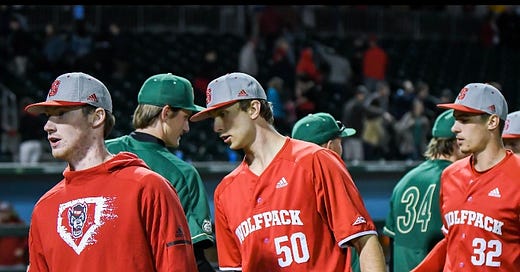Interestingly enough, one of the most important muscle groups for young athletes is also the same muscle group that is most commonly injured by adults.
Which is?
The Rotator Cuff.
Commonly injured in all agree groups, and done so in a multitude of ways it makes itself one of the most important muscle groups for not only your athlete to strengthen, but you yourself.
While a lot of people think the best way to train this muscle group is boring band exercises or light weight dumbbell exercises, there are way more exciting and enjoyable ways to get your youth athletes to train these muscles, without them even knowing they're doing it.
Don't get me wrong, these are all fine, but the key with training the youth athletes is to make the training enjoyable.
A kid enjoying their training is 10x more likely to get the benefit from training instead of trying to force your athlete to do his boring exercises 3-4x a week.
The exercise? Indoor rock climbing.
Rock climbing and activities that are comparable are the best way to get your youth athlete to train the Rotator cuff in a stressful yet manageable fashion.
Over the last few years, something that has made its way into the gyms if high level athletes everywhere: Monkey bars.
Personally, every day i'm in the gym training I give these a go.
Taking the family to your local park, or even a rock climbing gym is one of the best things you can do. Getting a youth athlete to consistently strengthen their Rotator cuff while also not viewing it as training is a huge benefit that will increase their coordination, durability and athleticism.
Some things to consider;
1- Don't over do the volume to start.
Build up your capabilities responsibly, don't go day 1 and climb for 3-4 hours the day before a game. Pick your days responsibly, the off-season is a great time to start this because you wont have a game the next day to worry about wearing your athlete out and pushing them into injury.
2- This doesn't mean don't do your boring exercises.
I know my dad had to force me to do these, and you undoubtedly have a hard time convincing your child or team to do these. Thankfully, we are finding better and better ways to strengthen our athletes and adding in ways that train them in a way that is enjoyable and not monotonous.
3- This principle applies to other muscle groups and activities.
Don't just take this advice and only apply it to the rotor cuff, there are tons of other muscle groups and activities that translate to athletic performance. For example: top golf trains explosiveness in a rotational swing. Sky high and other trampoline parks (while more risky than rock climbing and top golf) do a great job training agility and coordination. Gymnastic arenas are great for this as well.
Training athletes is complicated but simple, find things that they enjoy that also make them better or benefit them in ways they don't realize.
IF you enjoyed this email, please look into sharing it with your friends, teammates or co workers that share the same issue. The Right Spot is centered around helping as many people as we possibly can, and wont be able to do so without your help. This service is totally free and shares game changing information that the highest level athletes use for their own benefit every day.
John Creel



Have you every tried yoga and/or breathwork to help your athletes with their rotator cuff?